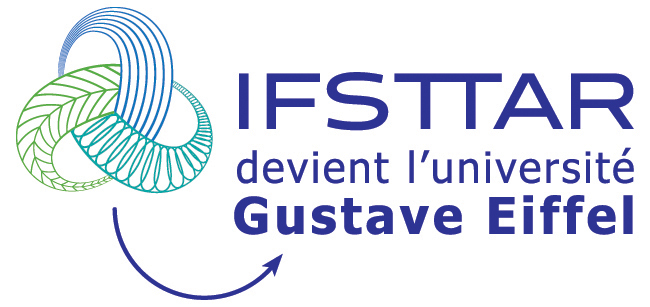Contactless mechanical stimulation of tissue engineered constructs: Development and validation of an air-pulse device
Résumé
Objective : Tissue engineering (TE) is the study and development of biological substitutes to restore, maintain or improve tissue function. Tissue engineered constructs (TECs) still present differences in mechanical and biological properties compared to native tissue. Mechanotransduction is the process through which mechanical stimulation triggers proliferation, apoptosis, and extracellular matrix synthesis, among other cell activities. Regarding that aspect, the effect of in vitro stimulations such as compression, stretching, bending or fluid shear stress loading modalities have been extensively studied. A fluid flow used to produce contactless mechanical stimulation induced by an air pulse could be easily achieved in vivo without altering the tissue integrity.
Methods : A new air-pulse device for contactless and controlled mechanical simulation of a TECs was developed and validated in this study conducted in the following three phases: 1) conception of the controlled air-pulse device combined with a 3D printed bioreactor; 2) experimental and numerical mechanical characterization of the air-pulse impact by digital image correlation; and 3) achieving sterility and noncytotoxicity of the air-pulse and of the 3D printed bioreactor using a novel dedicated sterilization process.
Results : We demonstrated that the treated PLA (polylactic acid) was noncytotoxic and did not influence cell proliferation. An ethanol/autoclaved sterilization protocol for 3D printed objects in PLA has been developed in this study, enabling the use of 3D printing in cell culture. A numerical twin of the device was developed and experimentally characterized by digital image correlation. It showed a coefficient of determination R2 = 0.98 between the numerical and averaged experimental surface displacement profiles of the TEC substitute.
Conclusion : The results of the study assessed the noncytotoxicity of PLA for prototyping by 3D printing the homemade bioreactor. A novel sterilization process for PLA was developed in this study based on a thermochemical process. A numerical twin using fluid-structure interaction method has been developed to investigate the micromechanical effects of air pulses inside the TEC, which cannot all be measured experimentally, for instance, wave propagation generated during the air-pulse impact. The device could be used to study the cell response to contactless cyclic mechanical stimulation, particularly in TEC with fibroblasts, stromal cells and mesenchymal stem cells, which have been shown to be sensitive to the frequency and strain level at the air-liquid interface.
| Origine | Fichiers produits par l'(les) auteur(s) |
|---|
